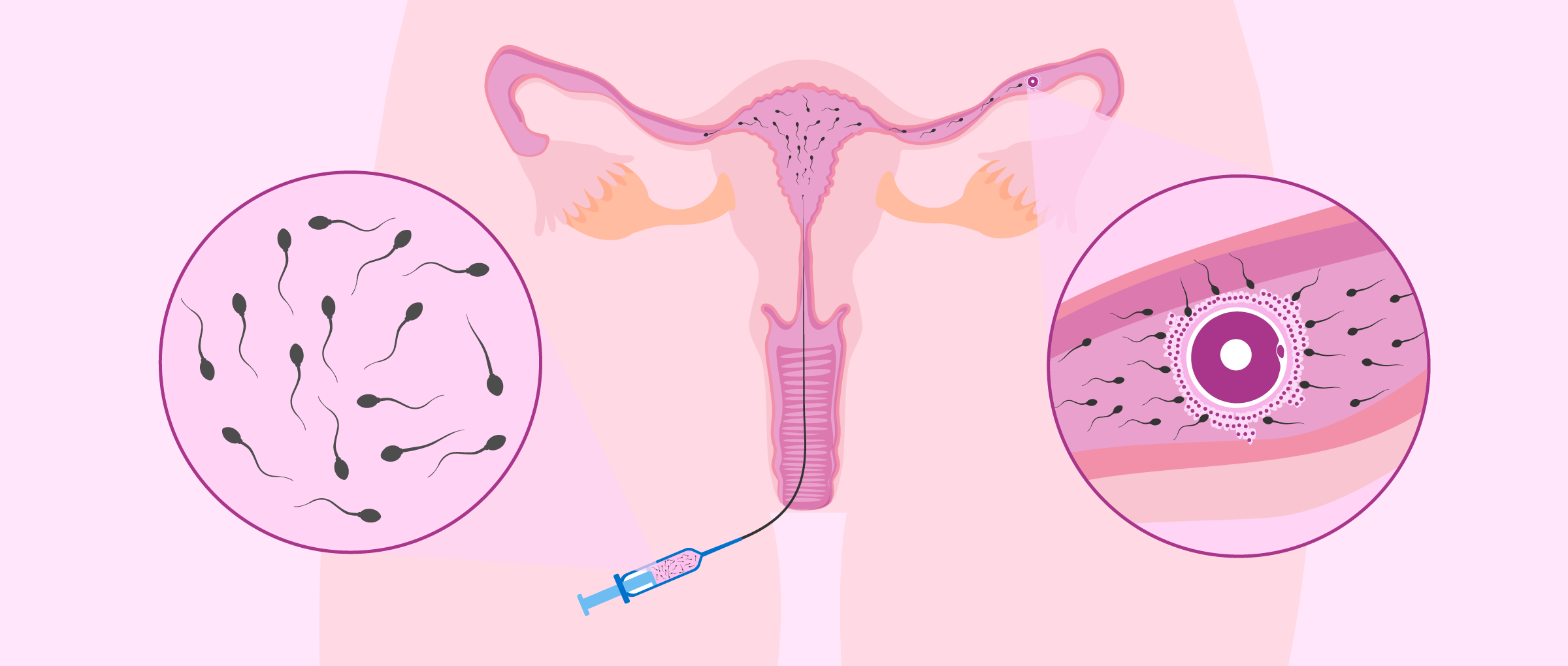Artificial insemination (AI) is an assisted reproduction technique of low complexity since it does not involve any risk or difficulty in its performance. The procedure consists of introducing a seminal sample, previously capacitated, through the woman's vagina with a cannula and depositing it at the bottom of the uterus. In this way, it is possible to facilitate the arrival of the sperm to the egg once ovulation has taken place so that pregnancy can take place.
Read the full article on: Assisted reproduction techniques: differences and complexities ( 94).
By Alicia Francos Pérez M.D., M.Sc. (gynecologist), Ana Mª Villaquirán Villalba M.D., M.Sc. (gynecologist), Andrea Rodrigo B.Sc., M.Sc. (embryologist), Marta Barranquero Gómez B.Sc., M.Sc. (embryologist), Sergio Rogel Cayetano M.D. (gynecologist), Zaira Salvador B.Sc., M.Sc. (embryologist) and Michelle Lorraine Embleton B.Sc. Ph.D. (biochemist).
Last Update: 08/31/2022
